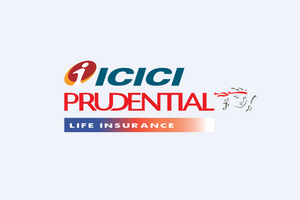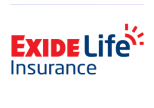Should I choose PPF or ELSS?
Table of Contents
ELSS (Equity Linked Savings Scheme) is a tax-advantaged mutual fund that helps you build long-term wealth while also saving taxes. ELSS funds invest largely in stocks and stock-related assets to generate profits. As a result, it's a good long-term investment alternative.
PPF, or Public Provident Fund, is a savings framework created for individuals to set aside a portion of their income each year in order to build post-retirement savings or a retirement corpus. Individuals who deposit money into the PPF scheme are eligible for interest on the principal amount as well as tax breaks.
It is important to note that PPF is a debt-oriented investment, whereas ELSS is a more volatile equity-oriented instrument. Depending on your overall asset allocation, you should select between the two.
ELSS vs PPF : What Should I Choose?
Here are the primary differences between the two schemes
1. Ease of Investment
Investing in PPF and ELSS is a very easy option. When it comes to ELSS, investors have the option of investing in lump sums or through systematic investment programmes (SIPs). In the same way, PPF can be invested in a flat payment or in up to 12 instalments over the course of a year.
2. Based On Market Risk Measures
PPF is supported by the Indian government, making investing in the Public Provident Fund PPF is low-risk. As a result, for risk-averse investors, they are a preferable investment alternative.
ELSS funds, on the other hand, invest in equities and equity-related products and are subject to market risks, making them a preferable investment alternative for those willing to accept volatility in exchange for long-term rewards.
3. Based On Time Span of The Policy
A PPF account allows you to invest for 15 years with a 5-year extension.
There is no time limit on an ELSS investment, so you can keep it going for as long as you choose.
4. Withdrawal Option
Individuals can pull funds from your PPF account after 5 years of investment, but there is no such provision for withdrawing funds from ELSS until the three-year lock-in timespan is over.
5. Lock- In Period of The Policy
The PPF has a lock-in period of 15 years and allows for partial withdrawal and early closure. Beginning in the seventh year of subscription, partial withdrawals are only permitted once a year.
Equity-linked savings plans (ELSS) have a three-year lock-in period. The investment, on the other hand, can be held for a longer time period.
6. Potential Demography
A PPF account can only be opened by Indian citizens.However, an Indian citizen living in another country can keep his or her PPF account open. It should also be noted that a PPF account can be opened by parents/guardians on behalf of their minor children.
ELSS ,on the other hand, is a more recommended option for salaried professionals looking for a safe and dependable investment optionIf you want to invest in a low-risk option, this is the way to go.People of any age can invest in ELSS mutual funds.
Take Away
Ultimately, before deciding on one or both options, you should consider your financial plan and goals, as well as the returns you expect. Before making an investment decision, you should consider the differences between ELSS and PPF. You can use the information presented above to make the best decision for your investment and tax benefit requirements.
Also read - Which Is Better – FD or EPF?
Disclaimer: This article is issued in the general public interest and meant for general information purposes only. Readers are advised not to rely on the contents of the article as conclusive in nature and should research further or consult an expert in this regard.









































